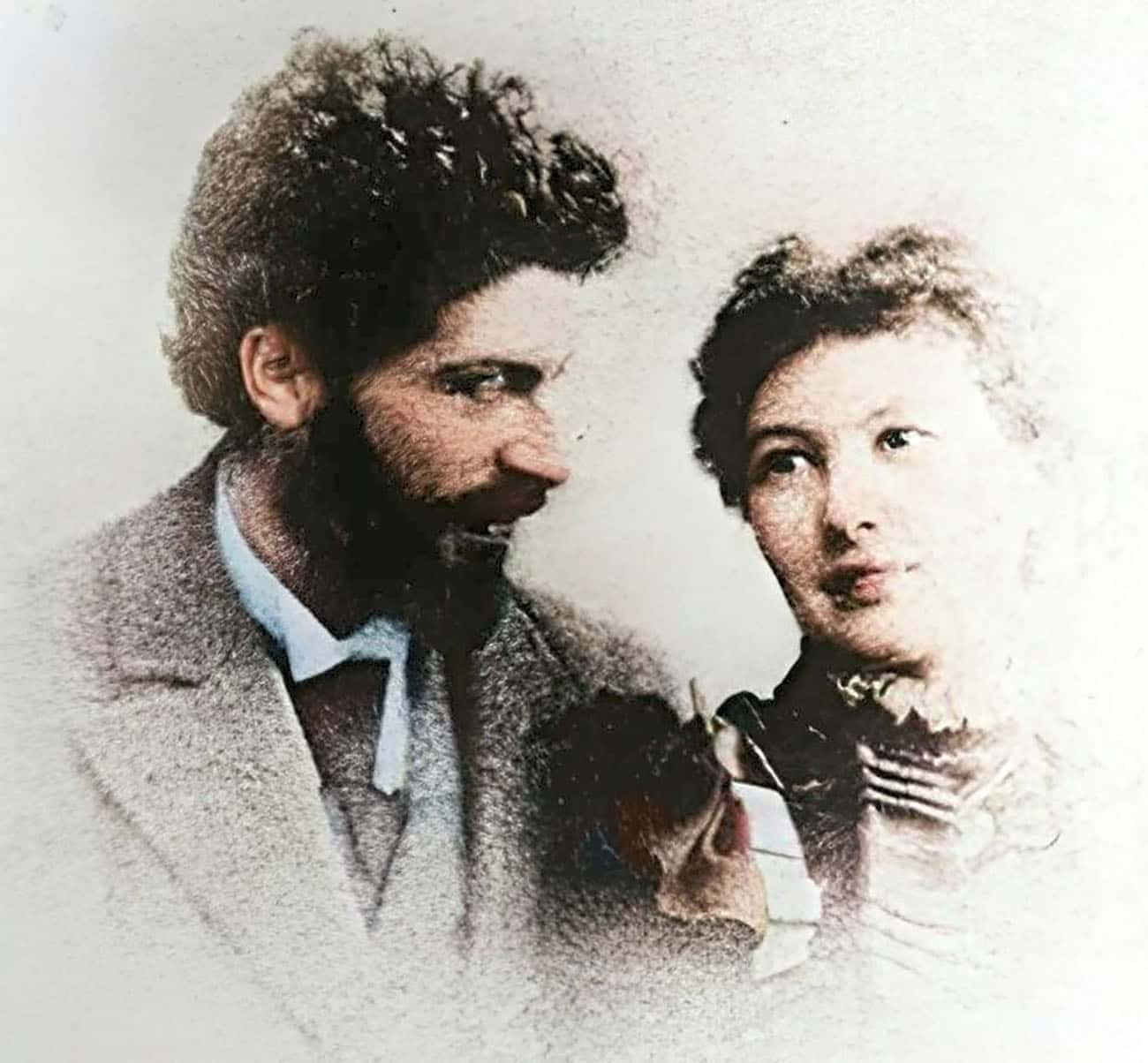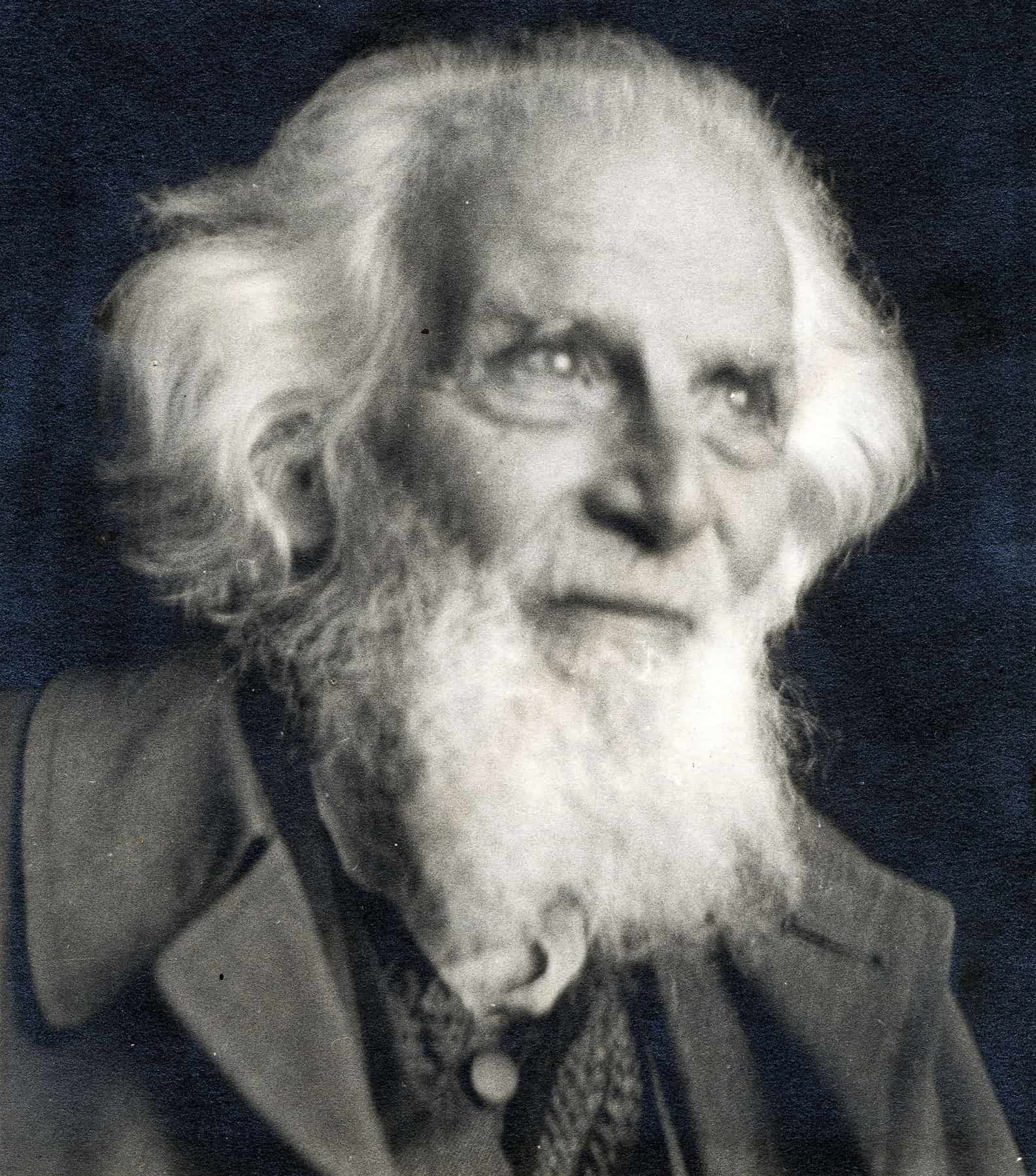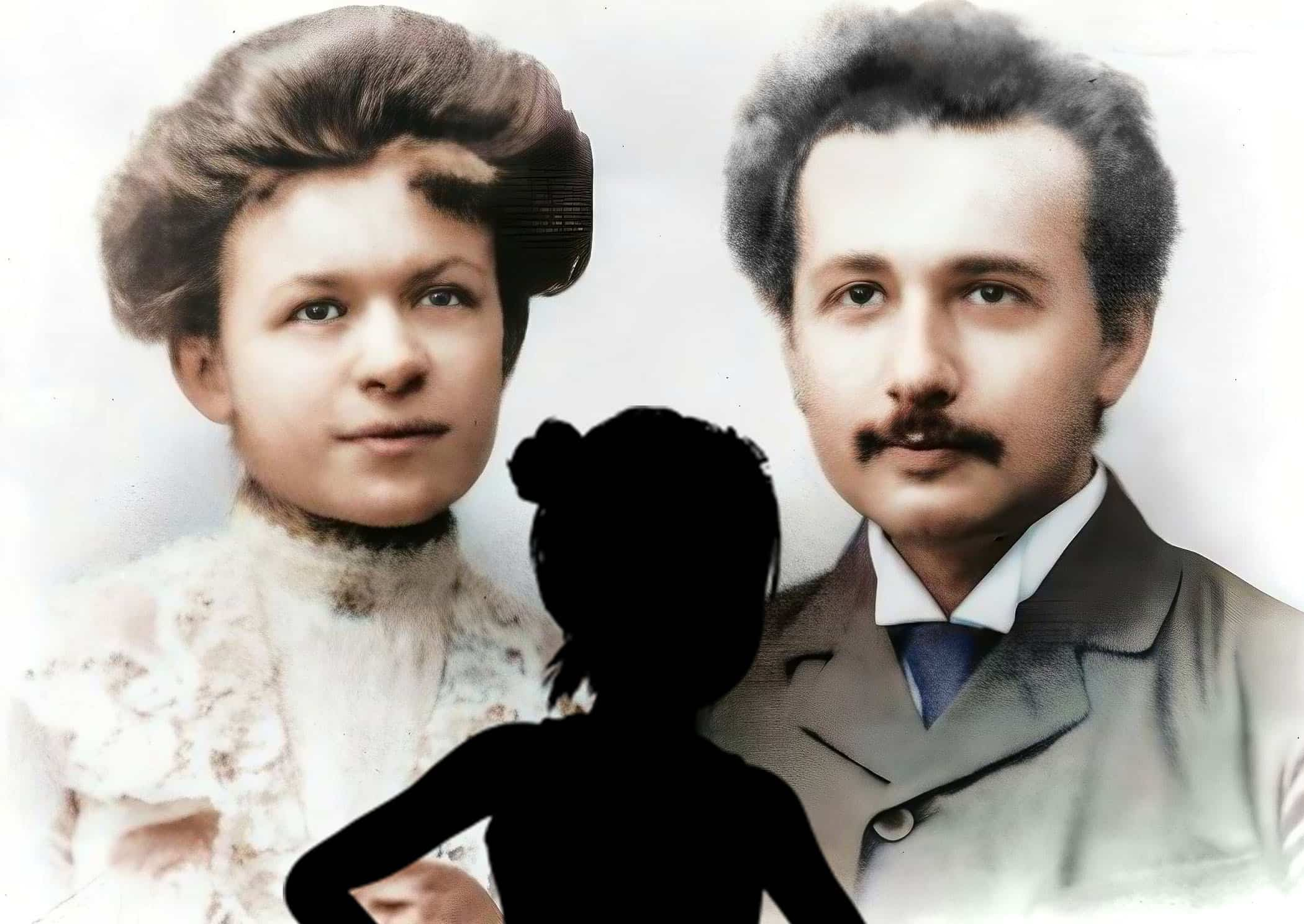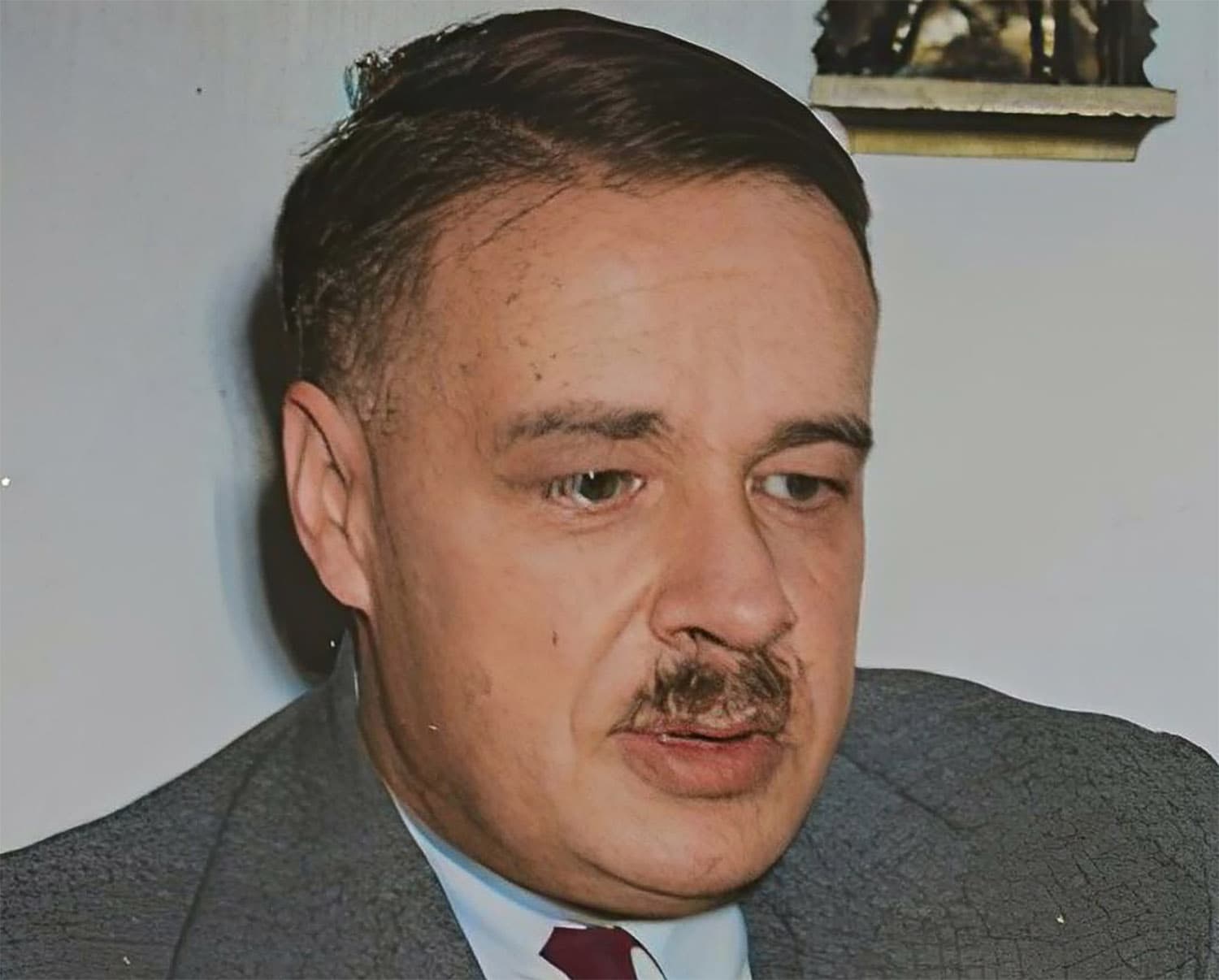- Michele Angelo Besso was a close friend of Albert Einstein.
- Besso played a role in Einstein’s development of the theory of relativity.
- Their friendship lasted 60 years until their deaths, a month apart.
A Swiss engineer of Italian descent, Michele Angelo Besso (25 May 1873 – 15 March 1955), was one of the closest friends of Albert Einstein. The brilliant scientist considered this Sephardic Jew, who worked in the same patent office as himself, to be “the best sounding board in Europe” due to their close friendship and professional collaboration. He was the nephew of the Italian insurance company Assicurazioni Generali’s leader, Marco Besso.
To test out his daring new ideas, Einstein would argue them with his low-key acquaintance, who he described as having an “extraordinarily fine mind.“
Michele Besso’s Early Years
Michele Besso was born to Italian Jewish parents Giuseppe Besso and Arminia (née Cantoni) in the Zurich neighborhood of Riesbach. The family relocated to Zurich so that the father could take a job with the Assicurazioni Generali branch there. With the father’s promotion, the family moved back to Trieste, Italy, where Giuseppe was born and raised and where the Assicurazioni Generali was headquartered, in 1879.
When Besso was 17, he was kicked out of high school in Trieste and spent some time at the University of Rome before being admitted to the Zurich Institute of Technology’s engineering program in October 1891. His engineer degree was awarded in March 1895.
Besso Meets Einstein, the Friend of His Life
Since the families of Michele Besso’s mother and Albert Einstein were acquainted, the older Besso was likely requested to assist the younger Einstein in his preparation for the admission tests to the same institution that he would take in October, around half a year later. This is how they met (although there are other accounts of their first encounter), and they remained inseparable until their deaths a scant month apart, 60 years later.
Einstein and Besso stayed close friends for 60 years.
Over the course of their lives, the two sent each other hundreds of letters. Only around two-thirds of the letters were preserved, but what little there is to learn about Einstein’s early scientific theories and his personal life is invaluable.
Einstein Found Besso the Love of His Life

Based in the city of Winterthur, close to the Swiss city of Zurich, Michele Besso joined the engineering staff of the massive Swiss textile machinery manufacturer “Rieter” in 1896. He met his future wife, Anna Winteler (1872-1944), a year later. Anna Winteler’s younger sister, Marie, was Einstein’s first lover. None of them were Jewish. It was Einstein who arranged their meeting, and Einstein’s sister Maja would also marry another Winteler in 1910, Anna’s younger brother Paul.
Besso had a son in 1898 (he also had a daughter later on), switched careers, and moved back to Italy that same year. Instead of going back to Trieste, where he was born and raised, he went to Milan to see his mother’s relatives and meet Albert Einstein’s family. All of Albert Einstein’s school breaks from 1898 to 1901 were spent in Milan, Italy, with his family and the family of a close friend.
After his father passed away in October 1901, Beso returned to Trieste from Milan. Despite Einstein’s simultaneous relocation to the official Swiss patent office in Bern, their relationship, which had begun in Zurich and continued in Milan, did not terminate in Trieste.
Besso’s Part in Einstein’s Relativity Theory
Around two years after Einstein was accepted to the patent office in January 1902, Michele Besso followed suit in January 1904. He was not only accepted but also promoted to a position above Einstein as a technical examiner. While this could have limited Newton’s field of vision, Einstein saw it as an advantage since it allowed for an uninterrupted flow of ideas between the two scientists.
The works of Ernst Mach, a critic of conventional physics, are said to have impacted Einstein’s approach to physics and contributed to the formulation of the theory of relativity, and Besso is credited with introducing Einstein to Mach’s writings. In his 1905 article on relativity, Einstein credited no one except Besso for their work.
Leaving the patent office behind, Einstein began his academic career in 1908 at the University of Bern. Michele Besso continued working there for a long time.
While their physical locations gradually diverged and Besso eventually became a Christian, Einstein never stopped meeting with or talking to him, and the two exchanged lengthy letters in which they discussed everything from the nature of space and time to private concerns.
“No one is as close to me as he is.”
In a letter sent in 1918, Einstein referred to Besso as “the best sounding board in Europe” for physical ideas, and he also remarked, “No one is as close to me as he is, and no one knows me as he does.”
In one of his letters to Michele Besso, Einstein poked fun at him for having converted to Christianity but admired him for continuing to study. While Besso was able to push through his language barriers, Einstein was not that interested in the book.
In 1926, Einstein rescued his buddy Besso’s employment at the patent office by writing an enthusiastic letter to the administration of the agency on Besso’s behalf. This was in large part due to the fact that Einstein had already won the Nobel Prize in Physics at the time.
In 1955, Michele Besso passed away in Geneva. After the death of his brother, Einstein penned the now-famous line:
“Now he has departed from this strange world a little ahead of me. That means nothing. People like us who believe in physics know that the distinction between the past, present, and future is only a stubbornly persistent illusion.”
Einstein passed away only a month and three days after Besso’s passing.
Albert Einstein, in a letter to Michele Besso’s son, reflected on his friend: “But what I admired most about him (Besso) is the fact that he managed to live for many years not only in peace but even in permanent consonance with a woman—an endeavor in which I twice failed quite ignominiously.” Einstein’s relationship with his wife Elsa Einstein was not exemplary.
References
- Einstein Believed In A Theory Of Spacetime That Can Help People Cope With Loss (forbes.com)
- Digital Einstein Papers Home (princeton.edu)
- Einstein and Besso: (arxiv.org)






